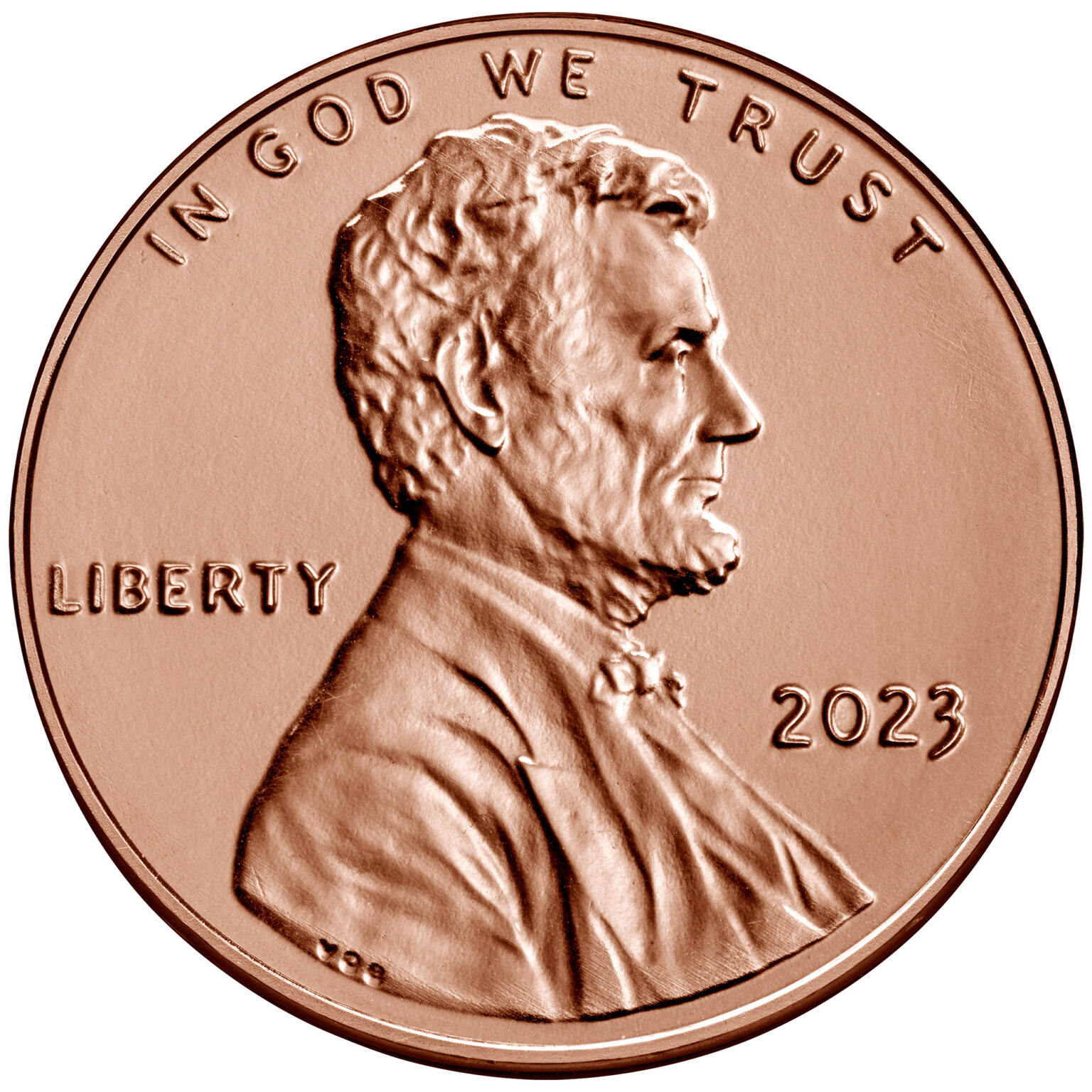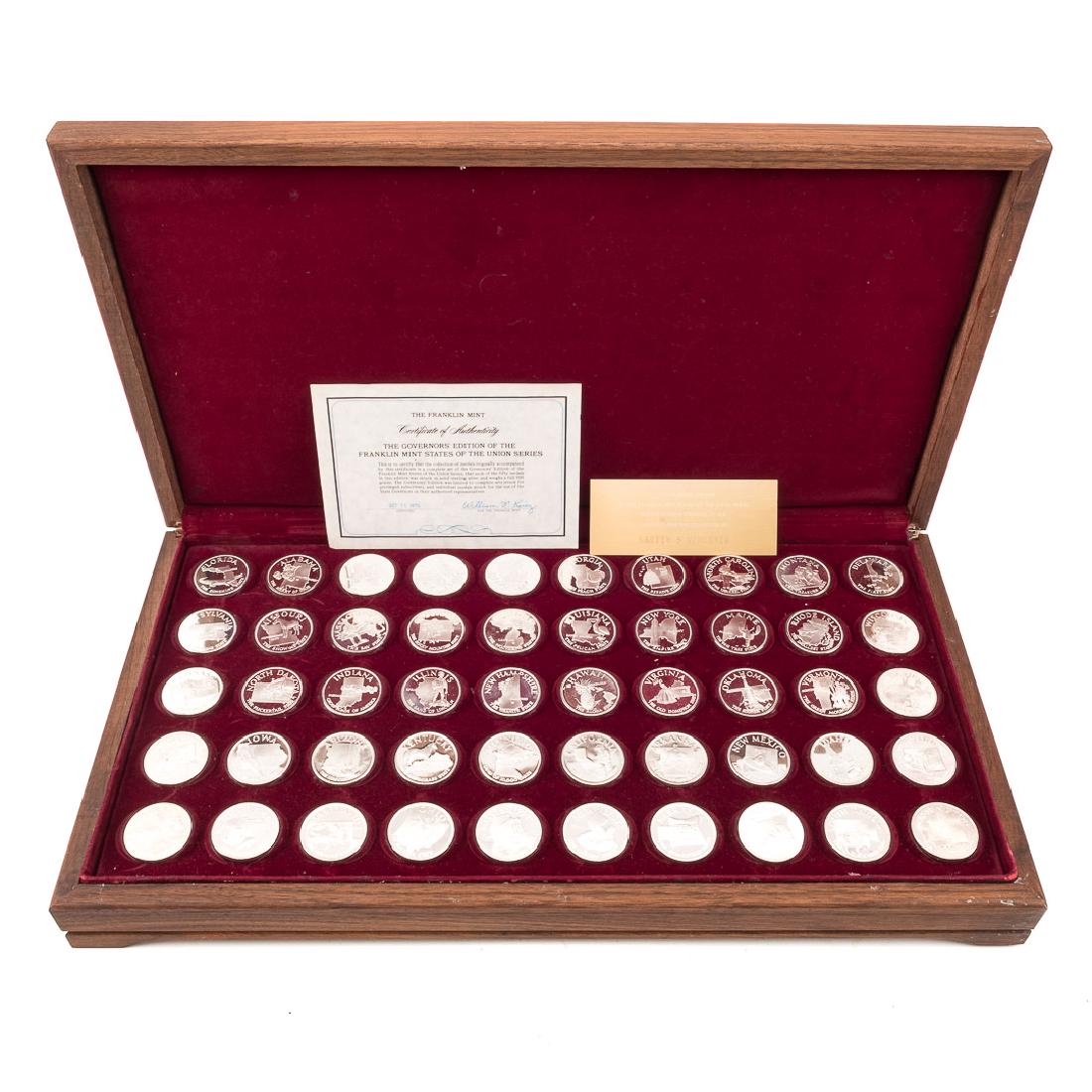
It was so big that it was hard to use, but it wasn't replaced by a smaller penny until 1857, more than 50 years later. America's first one-cent piece, called the "large cent," was first struck in 1793, one year after the Mint opened. Would you like fries with that? This penny is almost as big as a half dollar. Only nickels are one solid material-that same 75% copper/25% nickel alloy. Pennies are made of zinc coated with copper. The outside layers are three-quarters copper and one-quarter nickel, and the "filling" is solid copper. You might have little round sandwiches in your pocket. Fortunately, pennies were only made that way for one year.

Because the color was silvery, it was easy to mistake a penny for a dime. In 1943, copper was needed for war materials, so pennies were made out of zinc-coated steel. Although they are different colors, pennies and dimes are very close in size. " Rare 1943 Copper Coin Fetches a Pretty Penny in Auction: $204,000.Fun Facts related to the Penny Once it was hard to tell a penny from a dime. Penny From the Coinage System: New Evidence,". " On the 'Future of Money: Dollars and Sense',”.

" 2021 Findings From the Diary of Consumer Payment Choice." " FAQs - Composition and Durability."įederal Reserve Bank of San Francisco.
#Composition of a penny us mint gov code#
Imports From China by 5-digit End-Use Code 2010 - 2020." If you took longer than that to pick up a spare penny found on the ground, your effort would be earning less than minimum wage. At that wage, it takes five seconds of work to earn a single cent. Found pennies aren't worth the effort required to pick them up: The federal minimum wage is currently $7.25 an hour.Debit cards top the list as the most used payment instrument, accounting for 28% of payments. The use of cash in retail transactions continues to decline: In 2020, cash was used for just 19% of in person transactions.Pennies take up time at the cash register to count out: If time is money (see below), then pennies are not worth the time it takes to handle them.In 2021, the nation lost $83.6 million making pennies. Treasury, producing pennies is a money loser for the Mint. Making pennies is a money loser: While the U.S.Consider that a $1 bill itself weighs just 1 gram. A dollar's worth of pennies would weigh 250 grams, or about half a pound. Pennies are heavy to carry around: Each one only weighs 2.5 grams, but they add up.Some of the zinc for penny manufacturing is imported: In 2020, zinc imports added $1.3 million to the $310 billion U.S.During mining, smelting, and other industrial processes, zinc can leach into the soil, water, and air, and cause health concerns for those living nearby. Pennies are made of zinc and copper, and zinc can be harmful: Zinc mining and industrial use has negative environmental and health impacts.In 2021, the Mint made 7.60 billion pennies, costing taxpayers $145.8 million. Producing the penny costs taxpayers money: In 2021, each penny produced cost 2.10 cents to make and distribute.Pennies don't buy as much as they used to: In 1913, a penny purchased a little more than a quarter does today (about 28 cents).Picking up that found penny is not worth your time the effort required returns less than what you'd earn making the minimum wage ($7.25 an hour).ĩ "Centsible" Reasons to Get Rid of the Penny.

But the penny is a money loser for the Mint. Mint is profitable as an organization, contributing hundreds of millions of dollars to the Treasury every year.



 0 kommentar(er)
0 kommentar(er)
